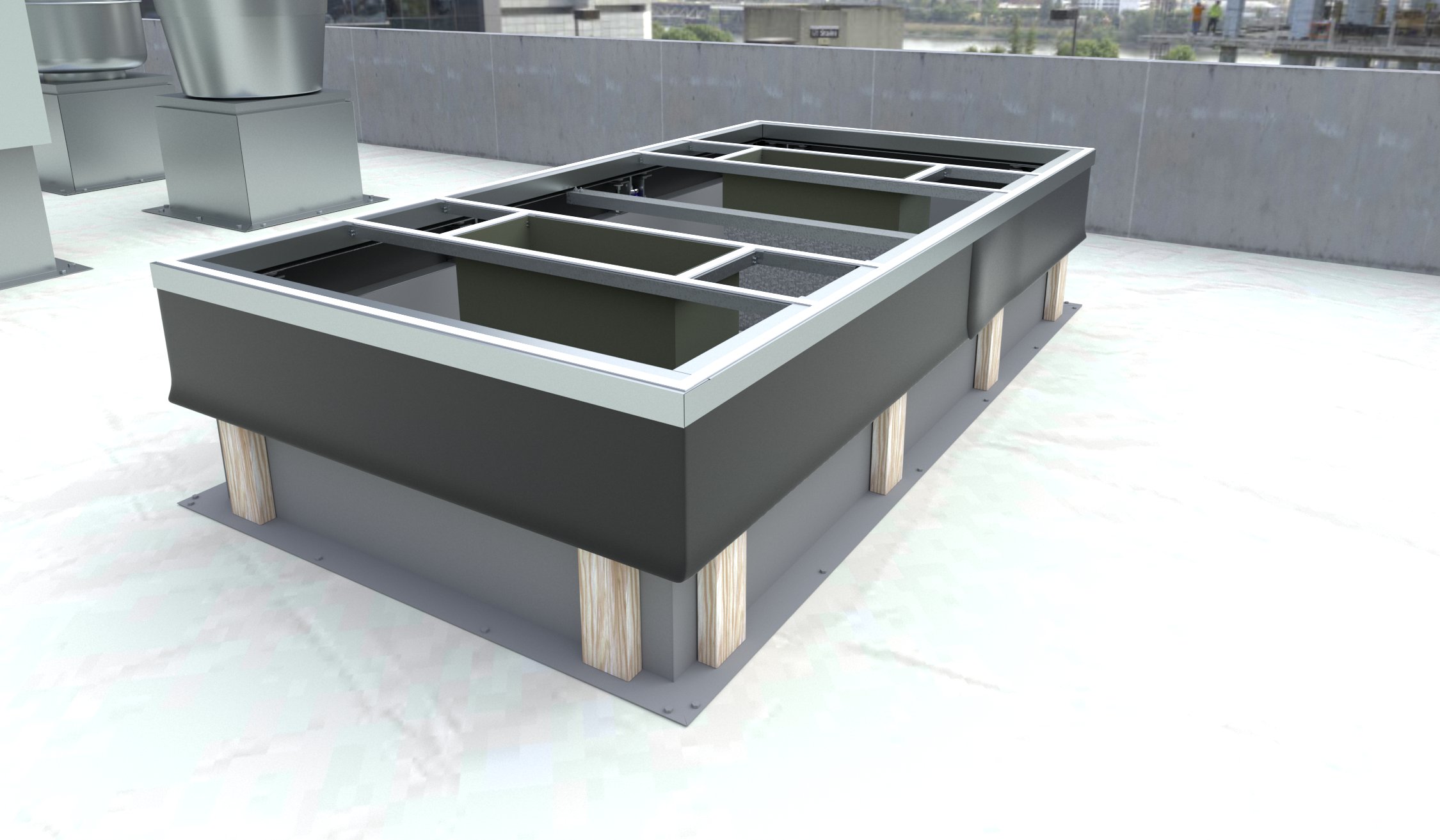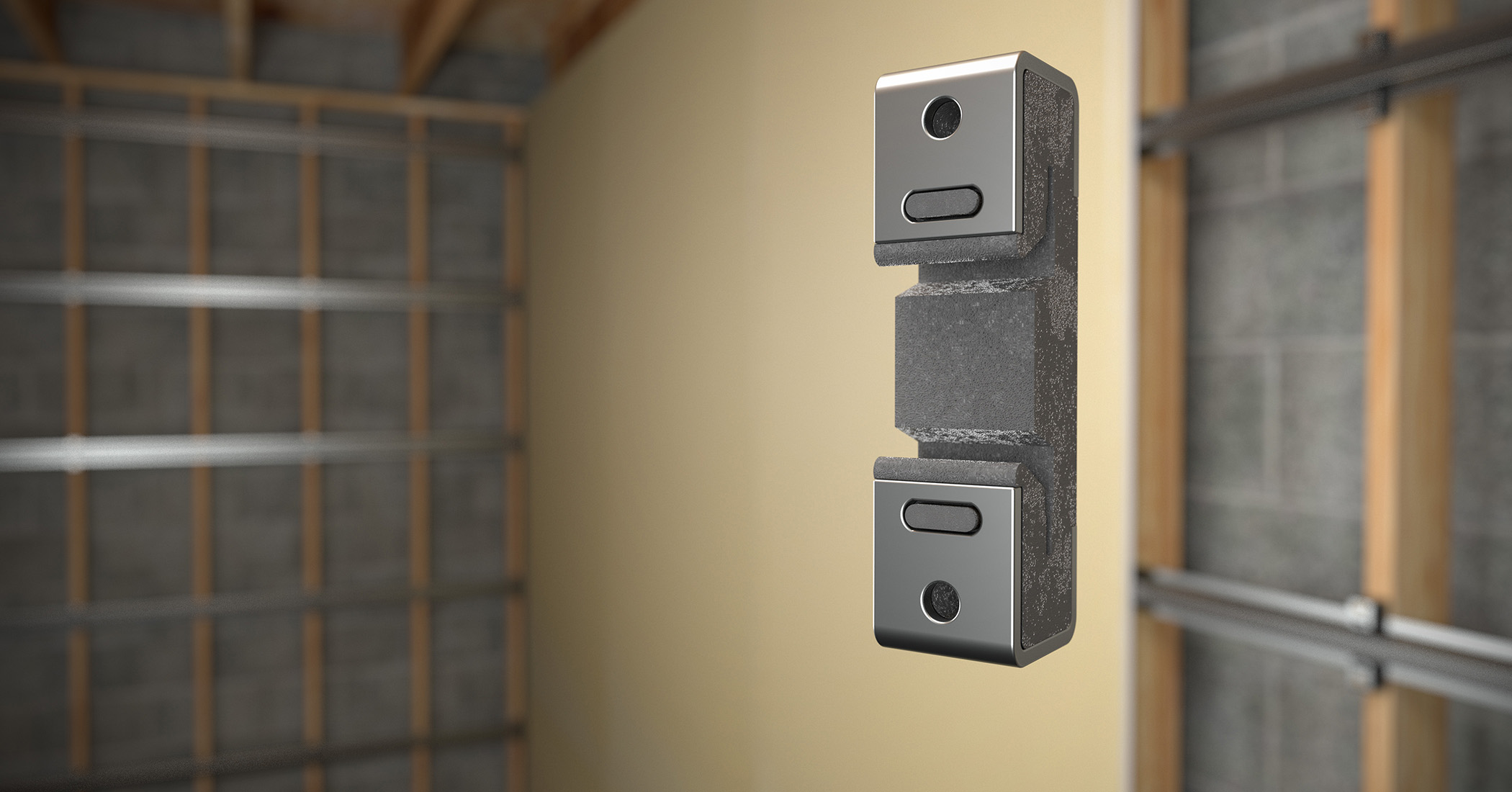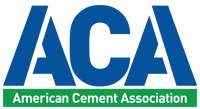|
Beyond the obvious aesthetic appeal of rooftop greenery, vegetated roofs offer benefits to the building owner and the larger community.
Energy savings
By modulating rooftop temperatures through evapotranspiration, the evaporative cooling caused by the movement of water through plants, green roofs keep the roof and the surrounding air cool. In winter, the growing media and plant matter act as insulators, protecting against heat loss.
Longer waterproofing service life
Moderating rooftop temperatures also protects the roof waterproofing from extremes of heat and cold, and the plant covering prevents direct sunlight from degrading the roof membrane. Although the growing media and vegetation can make leaks more difficult to locate and repair, if the waterproofing system is designed and installed properly, the plantings offer protection from the wear and tear of direct exposure to the elements.
Stormwater retention
As part of many cities’ efforts to combat sewer system overload, building codes are increasingly calling for provisions for stormwater management. In New York City, for example, the NYC Green Infrastructure Plan requires greater onsite storage of stormwater runoff and slower release to the sewer system to reduce peak discharges during rain events. Here, too, vegetated roofs have an advantage over conventional systems—plants and soil naturally retain and filter rainwater, releasing runoff slowly over time.
Habitat and environment
In large cities where vegetated areas are few and far between, roofs offer an opportunity to create a natural oasis in even a dense urban setting. Some extensive green roofs have been designed to replicate local ecosystems and serve as a waystation for migrating birds and butterflies. A view of greenery or access to an outdoor garden has been shown to improve patient outcomes in hospitals, increase productivity in offices, improve academic success in educational settings, and have a general positive impact on health and well-being.
Structural concerns
Before opting to add a vegetated roof to an existing building, one should consult an engineer to conduct a structural evaluation of the existing roof. The analysis should consider the saturated weight of the components, along with the load from increased foot traffic and additional maintenance equipment. Adding a vegetated assembly could also impact wind, snow, and rain design loads, so these modifications must be taken into consideration as part of the structural calculations.
Waterproofing design
Selecting the right waterproofing system is especially critical with vegetated roofs. Once the roofing membrane is buried below plantings, soil, drainage media, pavers, root barrier, irrigation systems, and other elements, it is difficult and expensive to locate and repair a leak. A resilient, multi-layered system that is durable and compatible with overlying plant matter is critical to the long-term durability of any vegetated roof. To confirm membrane watertightness, flood testing or other methods of leak detection are recommended before installing green roof components. |






